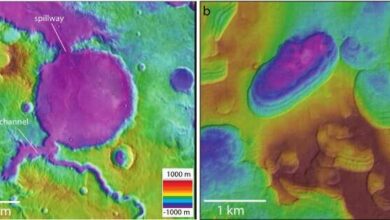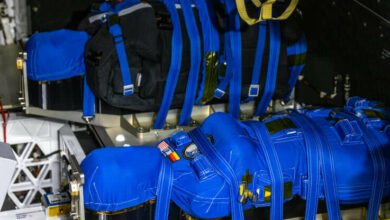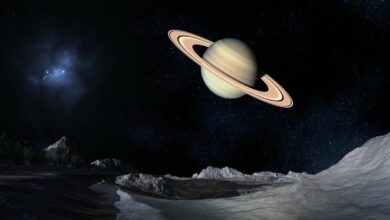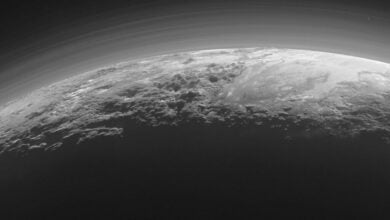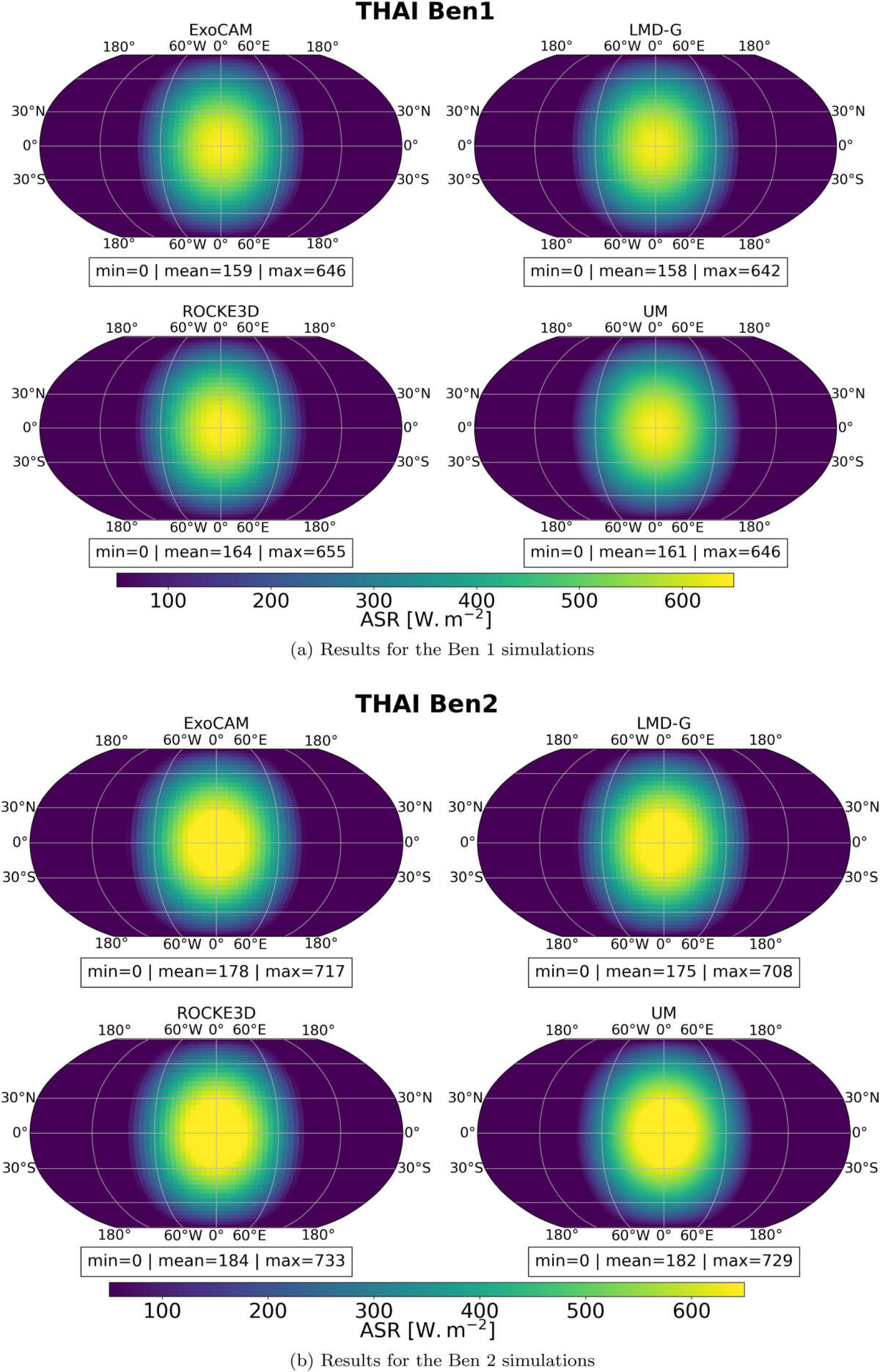
Methods developed to study the Earth’s climate help in the search for habitable planets
(ORDO NEWS) — The recently launched James Webb Space Telescope (JWST) and future telescopes such as the Extremely Large Telescope (ELT), the Thirty Meter Telescope (TMT), or the Giant Magellan Telescope (GMT) will soon be able to characterize the atmospheres of rocky exoplanets.
However, without reliable models to interpret these observations, we will not be able to unlock the full potential of observatories.
One method is to use 3D general circulation models (GCMs), similar to those used in predicting the Earth’s climate, to model the features of exoplanet atmospheres.
In recent years, scientists have refined GCMS in an attempt to understand the warming trends associated with anthropogenic climate change on Earth.
The key approach is to model the climate with multiple GCMs and compare them with Inter-Participation Model Projects (MIPS).
A team of scientists led by three researchers - Thomas Fausches (GSFC NASA, American University, USA), Denis Sergeev (University of Exeter, UK) and Martin Turbet (LMD, France) - used this experience and recent model updates to conduct a comprehensive comparison of several of the world’s leading GCMs, using them to study exoplanets.
A new project called THAI (TRAPPIST-1 Habitable Atmosphere Intercomparison) focuses on studying the confirmed exoplanet TRAPPIST-1e.
It is the fourth planet of the red dwarf TRAPPIST-1, located about 40 light years from Earth. The planet’s orbit is within TRAPPIST-1’s habitable zone, so liquid water could exist on the planet’s surface.
By combining the ExoCAM, LMD-G, ROCKE-3D and UM models, the scientists used them to consider four different scenarios for the TRAPPIST-1e atmosphere.
Two surface scenarios (completely dry surface and covered by a global ocean providing moisture to the atmosphere) and two scenarios for atmospheric composition (an atmosphere with CO2 levels similar to present-day Earth and a Mars-like atmosphere dominated by CO2) were simulated. .
One of the biggest sources of differences between GCMs are clouds: their optical properties, height, thickness, coverage have been shown to vary significantly between models due to differences in cloud parameters.
The results of the study, which include a demonstration of how the use of GCM can influence the future interpretation of data and the planning of future observation campaigns, are presented in three open access articles. The full results are published in the Planetary Science Journal (PSJ).
—
Online:
Contact us: [email protected]
Our Standards, Terms of Use: Standard Terms And Conditions.



